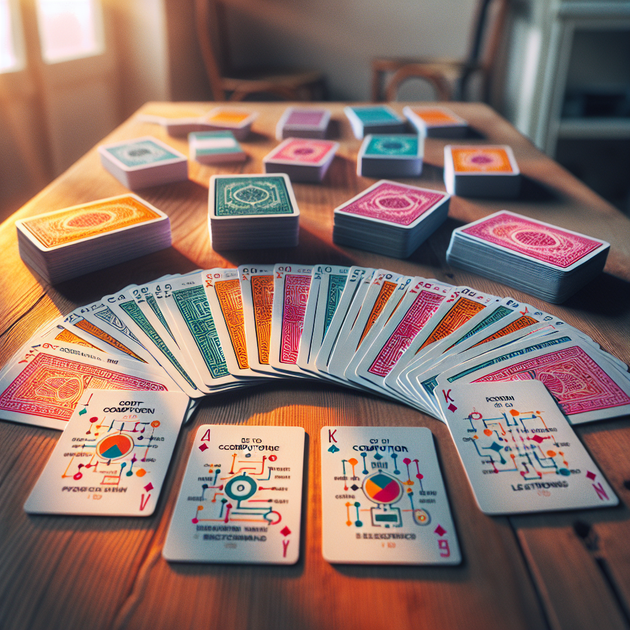What if picking up the basics of computers and electronics could be as easy—and fun—as shuffling a deck of cards? That’s exactly what one creative maker has done by transforming these two massive subjects into custom decks full of bite-sized wisdom.
Turning Complex Topics Into Play
For many people, words like “computers” and “electronics” can feel intimidating. The good news? You don’t need a textbook or a lecture hall to start understanding how the digital world works. With these specially designed playing cards, you can learn key concepts while dealing out your favorite game.
Each card features a clear explanation or illustration of a fundamental principle—think logic gates on one card, resistors on another. It’s a playful approach that brings both subjects down to earth.
If you’re curious about how these topics fit together in real life, check out resources like Khan Academy’s computing section or ExplainThatStuff.com for more background.
Why Use Playing Cards for Learning?
It turns out that turning learning into a hands-on activity boosts retention—and keeps things engaging. Here’s what makes these decks so effective:
- Bite-Sized Facts: Each card covers just one idea at a time.
- Visual Learning: Diagrams help explain tricky concepts without heavy reading.
- Portable: A deck fits in your pocket—no bulky textbooks needed.
- Game-Friendly: You can study solo or quiz friends while playing Go Fish or Poker.
- All Ages: Great for beginners but useful as reference for anyone brushing up on the basics.
This idea isn’t totally new—the classic USPTO Kids educational games have been using games to teach STEM for years—but it’s rare to see such detailed coverage packed into something as familiar as a deck of cards.
A Peek Inside the Decks
So what might you find inside these unique decks? While each set is different (and some are even handmade), here’s an idea:
- Computers Deck: Explains binary numbers, CPUs vs GPUs, memory storage types (RAM vs SSD), how code gets processed—one concept per card.
- Electronics Deck: Covers voltage/current basics, Ohm’s law, common components like LEDs or capacitors—and more advanced bits like transistors.
- Suits & Colors: Some creative sets group related topics by suits (e.g., hearts = hardware; spades = software).
This lets you both learn from scratch and connect the dots between each piece of tech.
The Magic of Learning by Doing
A friend once told me how they finally understood logic gates—not from school lectures—but from doodling them out while waiting for coffee. There’s something about having information right in your hands that makes it stick.
That’s what these decks offer: A chance to absorb tricky concepts at your own pace. Whether you’re flipping through after dinner or challenging your family to a quick trivia game during holidays, you’re building knowledge along the way.
If you want to explore further on your own terms (or maybe try creating your own flashcards), sites like MakeUseOf have beginner-friendly guides on both topics.
The Bottom Line: Big Ideas Made Simple
With so much technology shaping our world—smartphones, smart homes—you don’t have to be an engineer to “get” how things work. Sometimes all it takes is a clever tool that breaks things down step by step.
So next time you pick up a deck of cards for game night, imagine if those little rectangles could teach you something new about the devices all around us.
Would you try learning computers and electronics this way—or do you prefer apps and videos? Let us know what helps tricky topics click for you!

Leave a Reply